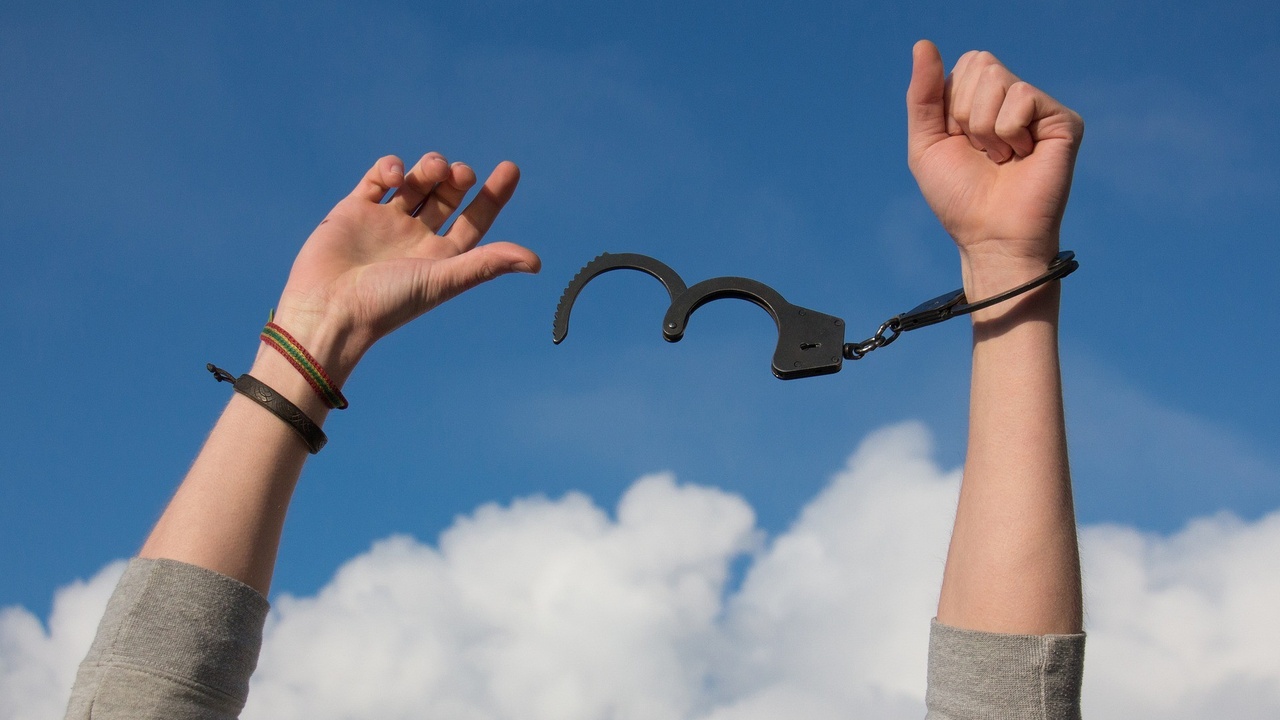This is why ‘Rich Dad Poor Dad’ was SUCH a great book
May 16, 2020
Understand assets & liabilities
I was interested to see Robert Kiyosaki back in Australian news this week, as he was interviewed by my good friend Michael Yardney for the outstanding Yardney podcast.
Somewhat scarily it’s now nearly 25 years (!) since Kiyosaki became famous for his bestselling book Rich Dad Poor Dad.
One of the key tenets of the book was that the rich buy assets, while the poor buy liabilities.
The wealthy, argued Kiyosaki, focus on building businesses, and buying real estate and paper assets (such as equities), creating of a virtuous circle of ongoing cashflow and ever-greater wealth.
The middle class, on the other hand, instead aspire to wealth, but in doing so tend to load up on consumer debt to pay for cars, jet skis, weddings, holidays, and all manner of other consumer liabilities.
This in turn only serves to handcuff the middle class to a heavy dependence on their monthly pay cheque…because the cashflow is all continually going in one direction: out!
And while the wealthy focus on acquiring assets which appreciate over time, the middle class tend to become hooked into buying depreciating assets before they can genuinely afford them.
Home straight
One of the most contentious lines in Kiyosaki’s famous book was that your home is a liability, not an asset.
Although for many the family home or place of residence proves to be the best investment they ever make, his point was that the cashflow is still going out instead of coming back in.
While this was a polarising opinion, Kiyosaki’s position was nevertheless an important one to consider.
If you’re loaded up to the eyeballs with liabilities and there’s nothing left over at the end of the month – ‘too much month at the end of the money’ as the old saying goes – it’s hard to ever become financially free, since the outgoings simply keep on mounting.
Paradigm shift
I can remember the days of near double-digit mortgage rates, and I can tell you from personal experience that they weren’t always much fun.
Even relatively speaking more modest mortgage balances could account for a disconcertingly high share of the monthly outgoings back then!
But we’ve now moved into a different era, with interest rates effectively glued to zero over the coming years.
In Australia, the Reserve Bank has flagged that the official cash rate is in all likelihood going nowhere for the next few years.

Positive gearing
With mortgage rates in Australia now available from just 2.09% (fixed for 3 years) for some new borrowers the buy versus rent equation has now turned on a dime.
For many prospective buyers it has effectively become cheaper to buy a place to live than it is to rent one from a monthly cashflow perspective, while owning a place to live in has always been a strong emotional drawcard.
For landlords and property investors, too, if desired the rental income could comfortably cover the cost of ownership in many cases, which in aggregate has not been the situation for many years in Australia.
The below data are stylised forecasts, granted, but common sense should tell you that it’s not too difficult to be at least neutrally geared with a mortgage rate of about 3%.

Bear in mind, though, that short-stay lets, tourism, Airbnb, and student rentals have been adversely impacted by recent border closures and travel restrictions, so in the short term there will be downward pressure on rents for some locations and property types.
Acceptable in the 80s
Moreover, household interest payment to income serviceability ratios have fallen roughly back to where they were 35 years ago in the mid-1980s.
Again, an appropriate level of diligence needs to be undertaken when interpreting these figures, because unfortunately millions of households will see their income disrupted by the COVID-19 shutdown.
But the fact remains that for most households mortgage serviceability is now as comfortable as it’s been in many, many years.

Buy assets, not liabilities
These will be important deliberations when it comes to formulating your own blueprint.
‘Rent-vesting’ has been a popular strategy in recent years, but many will now choose to buy a place to live instead of renting one.
Regardless of the above, with the lower cost of money it’s as critical as it ever was to bear Kiyosaki’s original argument in mind, and that is to understand the difference between assets, which make you wealthier, and liabilities, which make you poorer.
I discussed these ideas a little further in the short video here
Whenever you’re ready… here are 4 ways we can help you manage your own money and go next level wealth:
- Boom or Bust in 2021 – 20 minute online workshop for investors
Register for my next free online training - Boom or Bust? How to change your investment plan for 2021 - book in here
- Subscribe to our Top 100 Podcast for Investors
Listen in to our new podcast - The Low Rates High Returns Show - Apple , Spotify , SoundCloud
- Join our Implementation Program
We’re putting together a new coaching case study group this month for private investors. If you’d like to get the plan, tools and timeless principles for managing your money and creating next level wealth … just send an email to [email protected] with the word “Case Study” and we'll get you more details.
- Work with me privately
If you’d like to work directly with me and Stephen Moriarty directly to help you map out and action your next level wealth plan… just send an email to [email protected] with the word “private”… tell me a little about your situation and what you’d like help with, and we’ll get you all the details!

